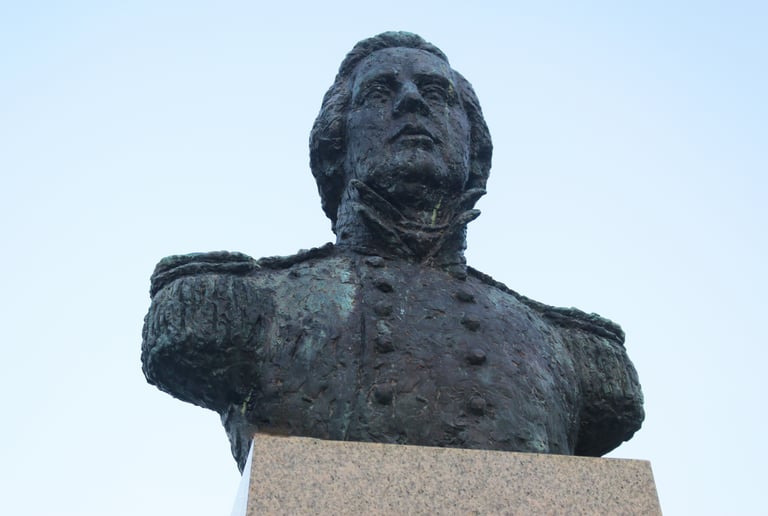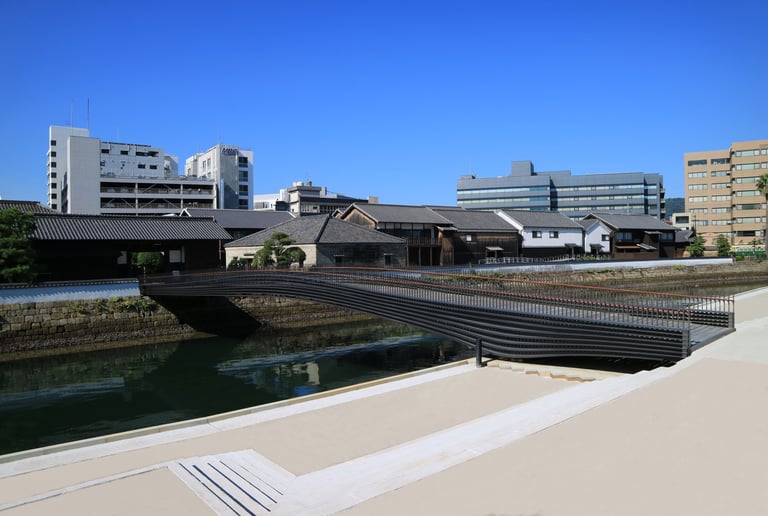Japan’s Sakoku (Closed Country) Period and Nagasaki’s Role: From Dejima to Opening
10/18/20251 min read




During the Edo period, Japan implemented a “sakoku” (closed country) policy, restricting contact with the outside world for nearly 200 years. Here’s a clear overview of why sakoku started, the role of Nagasaki and Dejima, and how Japan eventually opened its doors to the world.
Why Sakoku Began
The Tokugawa shogunate prioritized domestic stability and political unity. They were wary of Christian missionaries and foreign influence, so trade and contact with foreign nations were strictly controlled.
The Start of Full-Scale Sakoku
In 1639, the ban on Portuguese ships marked the start of full-scale sakoku. After this, trade was limited to the Dutch, Chinese, and Koreans.
Effects of Sakoku
Peace and stability allowed Japan’s unique culture and economy to flourish. At the same time, Japan became isolated from global technological and cultural developments.
Dejima and Nagasaki’s Role
The artificial island Dejima in Nagasaki was the only port open to foreign trade. The Dutch trading post brought limited Western knowledge and books to Japan. Nagasaki became the center of cultural and economic exchange and also a key site for controlling Christianity.
Path to Opening
In 1853, Commodore Perry of the United States arrived in Uraga to demand Japan open its ports. The shogunate ended the sakoku policy, and in 1854, the Treaty of Peace and Amity with the United States was signed. This led to full-scale trade and cultural exchange, marking the end of the sakoku era.
